Your attention is worth a fortune.
Author: hmalviya9
Translation: Baihua Blockchain
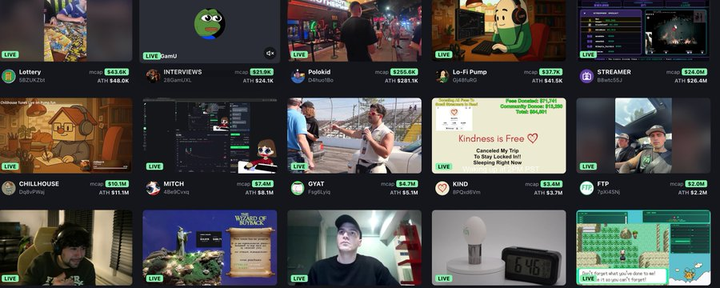
Yesterday, I watched a live stream on Pump.fun and saw several creators making astonishing amounts of money, which I found very interesting. It can be said that the income is quite considerable and fantastic. Compared to their earnings on other platforms like Kick, Twitch, or even YouTube, the returns here are much better.
The interesting part lies in its payment structure. Traditional platforms optimize for platform advertising and take a significant cut before creators see any earnings. Content discovery relies on algorithms and is unevenly distributed.
On Pump, the reward cycle is much closer to actual actions: attention is converted into trading volume, trading volume is immediately converted into creator fees, and the audience's earnings are also tied to your growth momentum. This is a tighter flywheel with fewer layers between creators and earnings.
From Attention to Token: Turning Attention into Fees
So, from a rewards perspective, live streaming on Pump gives you the ability to earn more than on other platforms. I saw some very interesting streamers and live content on that dashboard. One of the most popular was a token called "streamer coin." That streamer has been donating all the creator fees he earns to small creators, and he also holds this token. Every creator, whenever they start a live stream, will also come with a token. I remember the market cap of "streamer coin" reached around $22 million.
Tokens turn the audience into co-owners of trending events. When the audience holds your token, they are not just bystanders: they become promoters, signal callers, and part of the retention loop. If you set up fee sharing, raffles, or live tasks, you are essentially running a real-time, on-chain loyalty program without intermediaries. Prices become a public attention scoreboard.
Then I also saw another token called "bagwork." They had a very viral video clip. An internet celebrity named Bradley slapped the streamer who was live streaming under the title "bagwork," and that clip went viral on social media, bringing him a lot of attention.
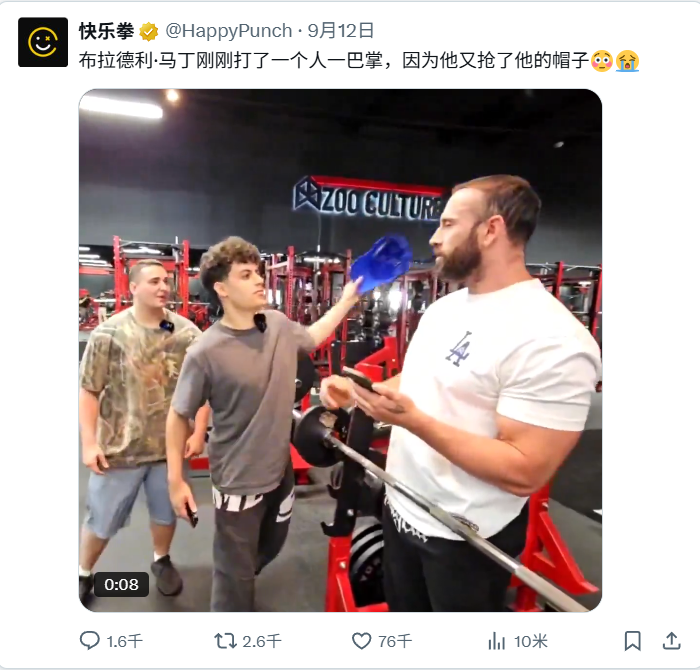
This is the new way to play: Capture a moment that the internet cannot ignore, and then direct that attention to on-chain assets related to your live stream. Viral clips → Surge in new wallets → Trading volume → Creator fees → More content. This cycle rewards those who can continuously curate trending events.
A lot is happening now, and streamers are trying various things to gain attention. I also saw a creator distributing food to people in Los Angeles. There is a token I think is called "feed the people" (FTP). They have been donating everything they earn from these live streams. They donate food, shelter, and so on. They are working hard to promote a noble cause, right?
Cause-driven live streaming turns compassion into measurable action. When the audience sees funds transparently flowing on-chain towards meals or shelter, trust accelerates. This trust transforms into community. Community becomes persistence. And persistence brings compounding fees to creators and sustained results for the cause.
From Twitch to Pump.fun
There are various types of live streaming, but I think the whole concept of live streaming here is remarkable. Live streaming has been around for a long time. Millions of people are doing it. About 7.3 million people stream on Twitch every month. They are very active on Twitch. However, I believe 90% of people on Twitch do not earn any money. Even some top streamers do not earn considerable fees compared to what new streamers can earn on Pump. For example, the two guys behind "bagwork" made $150,000 in just two days, which is quite astonishing.
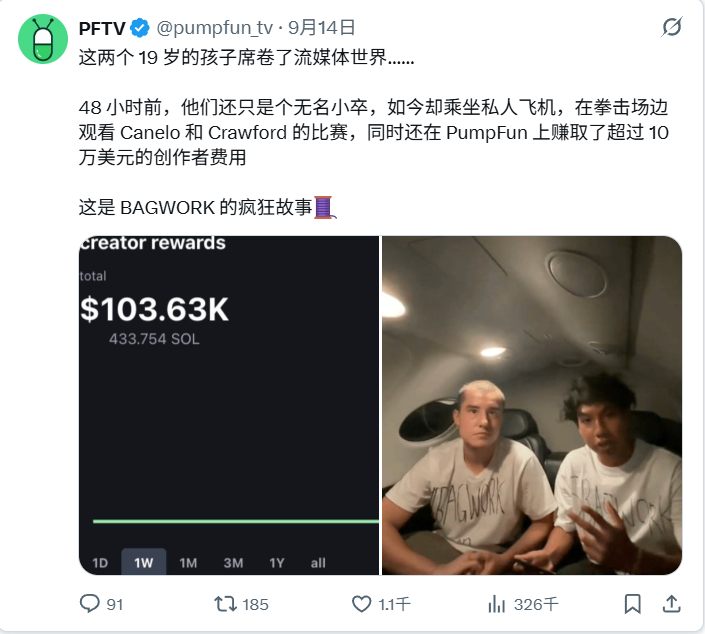
Why do most Twitch streamers struggle: Their monetization relies on subscriptions, tips (bits), ads, and brand deals. The platform's discovery mechanism favors those who are already famous. Payments are delayed. The platform takes a significant cut. For small creators, the average monthly income is often negligible or unstable, which stifles their motivation. Pump disrupts the discovery and monetization mechanisms: When a trending event explodes, small creators can rise quickly, and payments are instant because they are on-chain.

Pump provides a platform where you can live stream while expecting to earn more money. It is a new platform. It is a crypto-native platform. To some extent, it is decentralized, and it can be said to be relatively more decentralized compared to purely centralized platforms like Kick and Twitch.
"Relatively decentralized" is important because it reduces platform risk. If your payments rely on smart contracts and liquidity pools, you are less affected by arbitrary policy changes, shadow bans, or withdrawal delays. Of course, you have to face the trade-offs of volatility and personal responsibility, but many creators prefer this over facing opaque rules.
Why do people live stream: Emotion, Identity, and Ownership
Here, you already have a crypto community, a niche community that can buy your tokens, sell your tokens, and generate trading volume for you, where you can set fees for every transaction of your token to earn money. It is very straightforward. But you also need to "graduate" your token, which has requirements. Based on the current Solana price, it costs about $20,000 (85 SOL).

"Graduation" is basically a credibility unlock. By demonstrating sustained attention, holder growth, and clean token distribution, you can earn deeper liquidity and better exposure. In practice, this means: Fixed streaming schedule, clear narrative lines, regular catalytic events, fair issuance mechanisms, and active community management. When your live stream becomes a narrative that people are willing to trade, natural "graduation" occurs.
When I think about live streaming, the question that comes to mind is, why do people want to live stream? Why do they go to these platforms, turn on their cameras, and showcase whatever they are doing? Many people do very unique and strange things. The first reason might be hope. They might hope to make some money because they see many success stories everywhere. When they chase money and aim for quick profits, I really don't believe many can stick with it for long. They might try for a few days or weeks, and when the money doesn't come rolling in, they are likely to quit streaming.
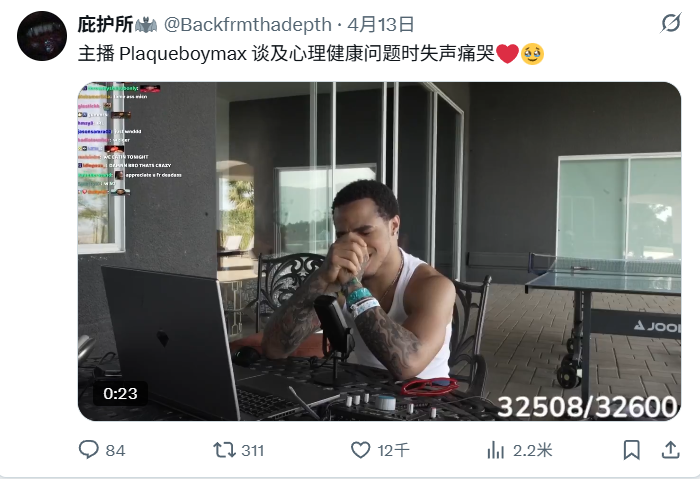
Emotionally, live streaming gives you recognition, identity, and a room full of willing listeners. For some, it is therapy; for others, it is performance. It is a way to transform loneliness into ritual. Financially, it is a choice: Even small amounts of income feel meaningful because they are tied to your own intellectual property (IP) and your own schedule. People live stream to be seen, to feel important, to practice a craft in public, and to see if the market recognizes them.
But many will continue to live stream regardless of how much they earn. Sometimes, for a few, the money isn't much, but they really enjoy the process of live streaming. They genuinely enjoy interacting with their community, whether that community is 10 people or 100 people. They like talking to people. They like sharing their emotions. For those who lack emotional support in their lives, this is a great practice—if they have no one in their family or friend circle to openly share their feelings and what is happening in their lives.
This is the "parasocial" engine. You build micro-communities where inside jokes, rituals, and shared progress make people feel safe. Creators gain a sense of responsibility and purpose. The audience gains companionship and meaning. On Pump, this connection is priced in real-time, which can amplify joy or increase pressure—so you need to set boundaries and clear rules.
Even if they just want to find someone to share what they are truly good at. If they work at a company but really love singing, singing brings them comfort. If singing can put them into a flow state, they can choose to sing. They can go live and connect with the audience. If they sing well, they can build an audience and perhaps even make money and gain recognition. There is huge potential here. For those looking to escape a busy and painful life, seeking a space to be their true selves, this is fantastic.
The flow state combined with ownership is why this model can scale. When you turn your side hustle into a token-supported ritual, and fans hold a part of your future earnings, the feedback loop is real: practice → audience growth → price action → more practice.
I really admire those who live stream just to express themselves. The outcome doesn't matter. They enjoy the process. There are many such people. They are long-term streamers. They will keep going no matter how much they earn because money is not the goal. The process brings them joy.
Ironically, creators who prioritize "process over everything" often become the most investable because persistence beats momentary hype. The market likes reliability. Reliability builds holder confidence. Confidence reduces user churn. Reduced user churn stabilizes prices. Stability attracts larger buyers.
Pump is interesting; it may provide long-term streamers who have been live streaming on Twitch, Kick, or even YouTube without earning considerable income from their efforts an opportunity to realize some of their earnings. It can help them monetize the long-term efforts they have put in.
You can think of it as retroactive funding. The work you have accumulated in the past instantly becomes your credibility. On the first day of Pump, you are not a new creator—you are a verified IP with a profile, backstory, and fans ready to convert into holders.
This is similar to the potential brought by NFTs. Just as NFTs have done great things for some artists, streamers may also see the same response from live streaming on Pump. It might achieve the same results. In the 12 months from 2021 to 2022, many artists who earned less than $100 and couldn't sell their works in real life made between $10,000 and $100,000 by selling their digital art through NFTs. I believe a similar wave could happen here. The category of artists is limited. There aren't that many artists entering NFTs. But when we look at the size of the streamer community, it is quite large.

OpenSea unlocked primary and secondary market royalties for visual artists. Pump can unlock real-time royalties for streamers: transaction fees, token-gated benefits, on-chain sponsorships, and community-owned milestones. The same energy, but the content is real-time, continuous, rather than static artworks.
Future Directions: Migration, Strategies, and the Future
I believe there could be millions of people joining Pump. They can register as streamers. It is very likely that within the next 12 months, several streamers will become millionaires. If you also want to make some money in this field, this is a great opportunity. Even if you have been streaming on different platforms, if you enjoy talking about what you know, if you are good at something and want to share it with people, then start streaming. There’s no need to be shy. You just need to open your heart, express yourself, and break the ice. If something is holding you back, then give it a try.

The trigger point for migration will be simple: Once a few mid-sized creators announce their transparent, on-chain earnings, and these earnings far exceed their past compensation, everyone will take notice. Creators follow incentives. Audiences follow creators. Liquidity follows both.
If you are serious about making money, if money is important to you—even if it’s not just for the money, but to share ideas that have been in your mind, things you have always wanted to do, passions you want to pursue but couldn’t due to obligations and responsibilities—then now is the time. Pursue your passion in the right way, where you can maximize capital, better capitalize on your passion, earn more money, enjoy the process, and receive better returns.
Treat live streaming like a startup: a simple roadmap, a token utility, weekly catalysts, and clean wallet hygiene. Set guardrails for your community so that speculation does not overshadow your creation itself.
I believe there will be a big wave on Pump in the near future. Many streamers will join. When the word spreads in the circle that “if they migrate to Pump, they might earn more money,” they will take action. At the same time, on Pump, not only will streamers make money, but traders will also profit. You can speculate on the growth of streamers. You can buy that token, sell it, and then flip it for profit.
Traders will build strategies around “attention signals”: sudden spikes in concurrent viewers, Discord join rates, Twitter mentions, watch time retention rates, viral spread of video clips, and growth of on-chain holders. The best play will be narrative plus data, not just data.
It’s all about meme coins. It’s all memes, but these memes are doing something amazing. For streamers, their efforts are rewarded. They are trying to gain attention for what they do. They are gamifying attention. They are putting in the effort. The more effort they put in, the greater the chance of gaining attention.
In trading, you need to be very focused. You need to be fully engaged, scanning on-chain wallets, trying to find the right alpha. It’s not easy. You are putting in effort there too. It’s a game that requires high intensity from both sides. For streamers, you need to put in more effort to earn more money. In trading, you need to put in more effort to make money.
Tools worth paying attention to: KOLscan and Stalkchain for tracking key opinion leader (KOL) wallets and narrative maps, DEX dashboards for tracking fund inflows/outflows, checking holder concentration, new wallet growth rates, LP depth, and lock-up conditions, as well as Holderscan for timing whale entries and exits. Also, X (Twitter) for tracking the spread and sentiment of video clips. A simple rule: rising attention + improved holder distribution + deepening liquidity is more worth betting on than mere attention.
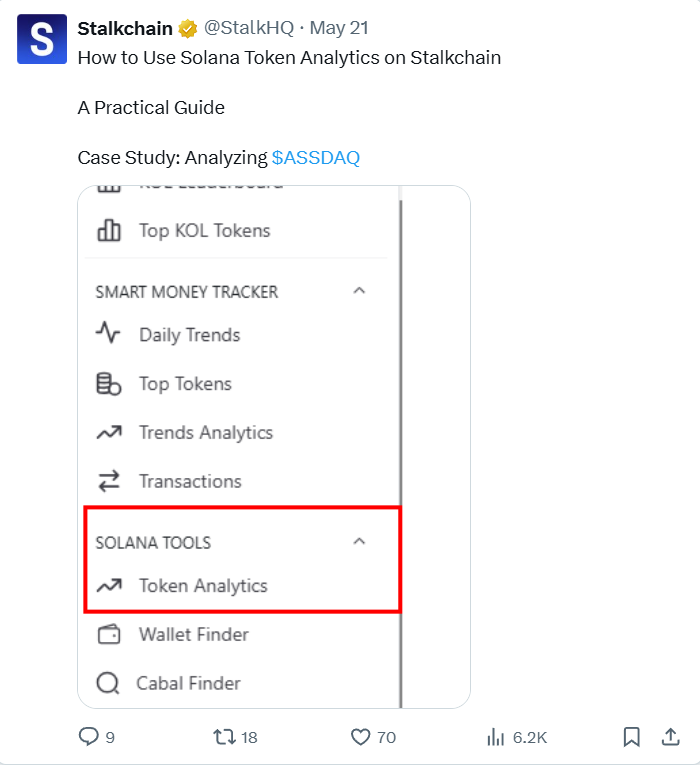
The entire scene, the new way of playing around Pump, will reward those who put in tremendous effort and spend more and more time. Perhaps that is their only concern. For streamers, live streaming is their only concern. For traders, trading, tracking wallets, watching streams, and trying to find alpha is their only concern, with no distractions.

High-intensity contributors will win because the market will compress. When everyone sees the same video clip, the advantage comes from faster interpretation and cleaner execution. Creators who produce daily and traders who track fund flows in real-time will surpass those who participate occasionally.
If you are ready to play this game, learn continuously from each failure, and connect with other players who are playing this game with you, then the opportunities are great. If you use the right tools, if you have the right tools to track attention, you as a trader might also make money. But I believe for streamers, this is a fantastic opportunity, and they should get involved. I believe live streaming will continue to grow in the near future. More and more people will start live streaming.
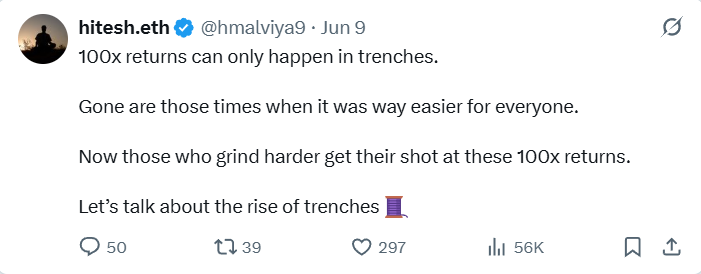
In my view, this is absolutely positive for those who have long suppressed their thoughts, emotions, and desires, for those who have no one to share what happens in their lives with, and for those who have no audience to share their long-buried passions with. Now they have the right platform to give back in a better way, and they can make a living by expressing thoughts, passions, desires, and sometimes even emotions.
The future of live streaming looks like this: token-gated chat rooms, on-chain tips as programmable tasks, community-owned video clips, co-creation bounty tasks, and shared treasuries for program formats. Pump is the first large experiment that allows the market to price it while the program is airing.
This is great, and I really like how these things will take shape in the near future.
Final Thoughts:
Attention has always been money. Pump just makes it liquid. Those who can reliably build and track attention will capture the most value here—creators through ongoing programming and honest storytelling, traders through disciplined interpretation of social and on-chain signals.
Article link: https://www.hellobtc.com/kp/du/09/6029.html
Source: https://x.com/hmalviya9/status/1967069875526135841
免责声明:本文章仅代表作者个人观点,不代表本平台的立场和观点。本文章仅供信息分享,不构成对任何人的任何投资建议。用户与作者之间的任何争议,与本平台无关。如网页中刊载的文章或图片涉及侵权,请提供相关的权利证明和身份证明发送邮件到support@aicoin.com,本平台相关工作人员将会进行核查。




